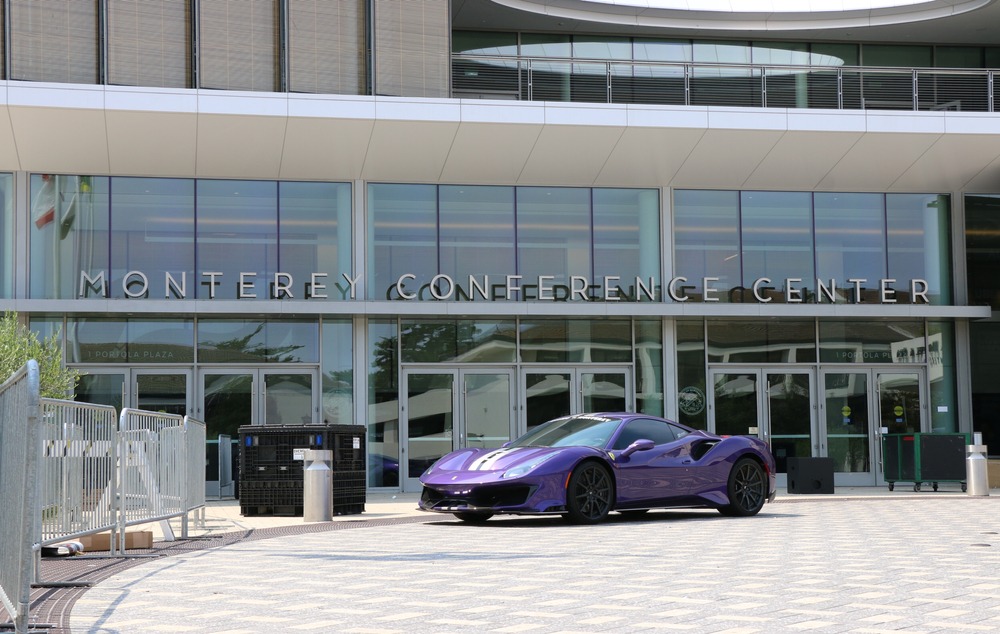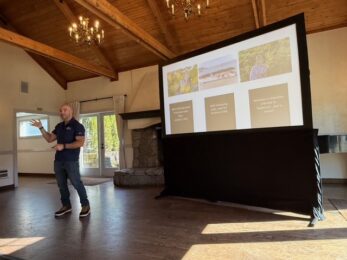New figures reveal what moves meeting profs should make in 2025
This week, Meeting Professionals International’s (MPI) Northern California Chapter held its Annual Conference & Expo (ACE) at Monterey Conference Center, where planners, destinations, venues and a range of other vendors mixed, mingled and made the connections that keep this industry thriving. Here, Smart Meetings brings you the key takeaways.
#1 2028 is Poised to Spur a Significant Market Shift
With the demand for meeting space continuing to soar, event planners are increasingly feeling the pressure to lock in venues ASAP. Mike Dominguez, president and CEO of Associated Luxury Hotels International (ALHI), highlighted a significant wave of upcoming renovations and new builds, many of which are on track for completion by 2028.
Read More: Event Case Study: MPI Southern California WeCon 2024
Because of this expanding inventory, Dominguez offered different recommendations for planners and hoteliers preparing for events during that year. Meeting profs can expect to have more breathing room when selecting venues, as the increased supply should ease some of the current space constraints. However, for hotels considering bookings for 2028, he emphasized the importance of securing that future revenue now, ensuring they have committed business in place before the market shifts with the influx of new and upgraded properties.
#2 Affordable Childcare Could Revolutionize the Hospitality Industry
The Covid-19 pandemic dealt a significant blow to the daycare industry, further shrinking an already-small pool of flexible childcare options—a challenge that has been particularly difficult for hospitality workers, who often work irregular hours outside of the traditional 9-to-5 schedule. With fewer daycare services available, many of the remaining providers are priced beyond affordability for hospitality employees.
Read More: The ABCs of Onsite Childcare
This shortage of accessible childcare has had a direct impact on staffing levels within hotels and event venues, contributing to stagnant employment growth across the industry. Dominguez pointed to data showing that, on average, hotels currently have 14.5 open positions each—only one job above pre-pandemic levels—which underscores the ongoing disconnect between the number of workers needed and those available.
Dominguez strongly believes that expanding access to affordable childcare would have a significant impact on these hiring challenges, enabling more hospitality workers to rejoin the workforce and help close the labor gap in the industry.
#3 You Might Want to Rethink That Celebrity Speaker Line Item
David Saef, senior vice president and “chief instigator” at Freeman Company, made planners gasp when he revealed that data shows only 1% of attendees want to see a celebrity keynote—instead, they classify innovators as their top draw.
Read More: What to Expect When Booking A-List Event Speakers
With Millennial and Gen Z attendee percentages set to reach a combined 75% by 2030, research reveals that these demographics view innovators as contributing key insights on non-attendees—those who have been either disinterested in or unaware of an event—and how to bring those people into the fold. When considering speakers for your next meeting, remember that thinking outside the box can majorly pay off.
#4 Group Travel Average Daily Rates (ADR) Outpace Inflation
August 2024 year-to-date figures show that group ADR is outpacing inflation much more significantly than transient or leisure travel, showing the strong price control hotels currently hold due to high demand for event-driven stays. Thanks to early negotiations and booking further out, hotels are able to adjust for inflation more effectively, and as business and conference travel continues to rebound post-pandemic, they can also raise prices more aggressively.
Planners can expect higher room rates for meetings and events, and budgeting for accommodations will require more flexibility and potentially higher spending allowances. Hotels will likely give less room for discounts or concessions, and early contract negotiations will be crucial to locking in favorable rates.




